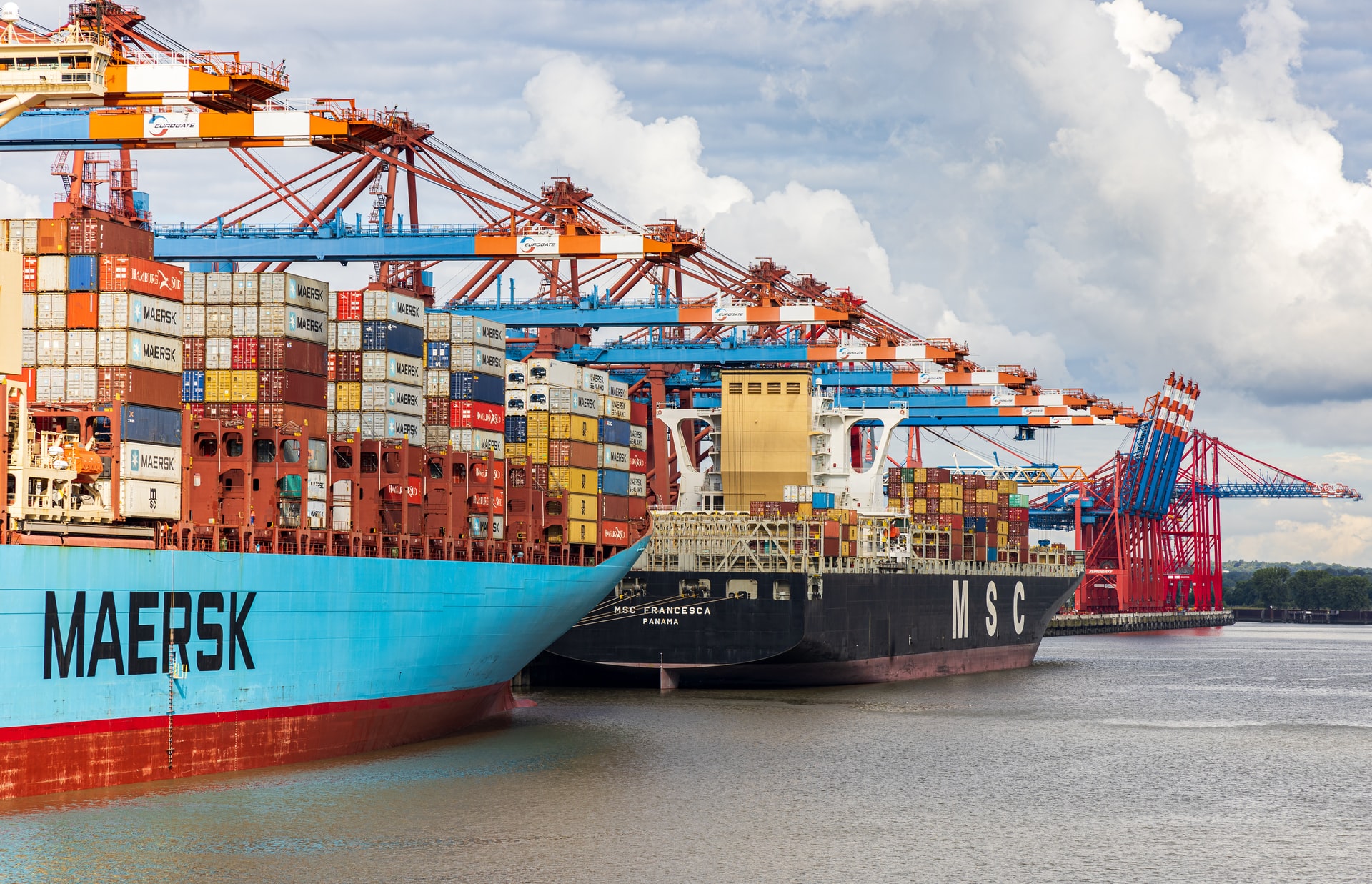Ocean freight carriers raked in a record $150 billion in profits in 2021, an over 900% increase when compared to the previous year. Ongoing supply chain disruptions are expected to keep ocean freight rates elevated throughout 2022, setting the industry up for another year of stellar financial performance.
Further, shippers are looking to diversify their transportation operations by buying up planes and nabbing a share of the airfreight market. Despite air cargo’s history of being the most expensive form of shipping, retailers and manufacturers continue to pay premiums to move their goods across the globe. As shippers capitalize on record profits, strong demand for air cargo and the growth of e-commerce should keep revenues flowing into the sector throughout the year.
Related ETF and Stocks: SonicShares Global Shipping ETF (BOAT), Danaos Corporation (DAC), A.P. Møller – Mærsk A/S (AMKBY), COSCO SHIPPING Holdings ADR (CICOY)
Shipping Industry Shatters Profit Records, 2022 Projections Murky
Strong demand for goods among retailers and households throughout the pandemic combined with relentless supply chain disruptions have sent shipping rates surging, leading to record-shattering profits across the global shipping industry.
Global cargo carriers raked in an estimated $150 billion in profits last year, more than a nine-fold increase compared to 2020, following a decade of minimal gains, per Bloomberg. For comparison, the shipping industry was unable to turn a profit in 2019, reporting a net loss of $387 million.
AP Moeller-Maersk, which transports roughly 20% of the world’s containers at sea, saw its profits surpass $18.7 billion in 2021, nearly equal to the last nine years combined.
Despite expectations that port congestion would ease throughout 2021 and send shipping rates falling toward pre-pandemic levels, disruptions are forecast to persist through at least the first half of this year.
At the beginning of January, the Marine Exchange of Southern California reported the queue of vessels waiting to enter ports off the coast of Southern California reached a record 109 ships, noting that the disruptions that sparked bottlenecks throughout 2021 have spilled over into the new year.
Some of those factors include a shortages of truck drivers, container backlogs on docks and COVID-19 lockdowns in China, all of which are exacerbating the current crisis and keeping shipping rates severely elevated.
MRP highlighted shipping markets back in November, noting that while freight rates have cooled off from their peak, they still have a long way to go before they stabilize at pre-pandemic levels.
According to the International Monetary Fund, the Freightos Baltic Index, which measures global container freight rates, has fallen roughly 16% since hitting a peak of roughly $11,109 per 40-foot container in September.
However, in the first half of 2020 that same index hovered around $1,000-1,500, meaning current rates are still roughly 10 times higher than usual.
The IMF noted that while rates have slightly declined, they are likely to remain high throughout 2022 due to the fact port delays and labor shortages do not have immediate fixes.
AP Moeller-Maesrk and DSV, another global shipping giant, hold similar stances. Both companies…
To read the complete Market Insight, current clients SIGN IN HERE For a free trial, or to subscribe and become an MRP client today, START A FREE TRIAL Once you’re logged in, you’ll also gain access to:










